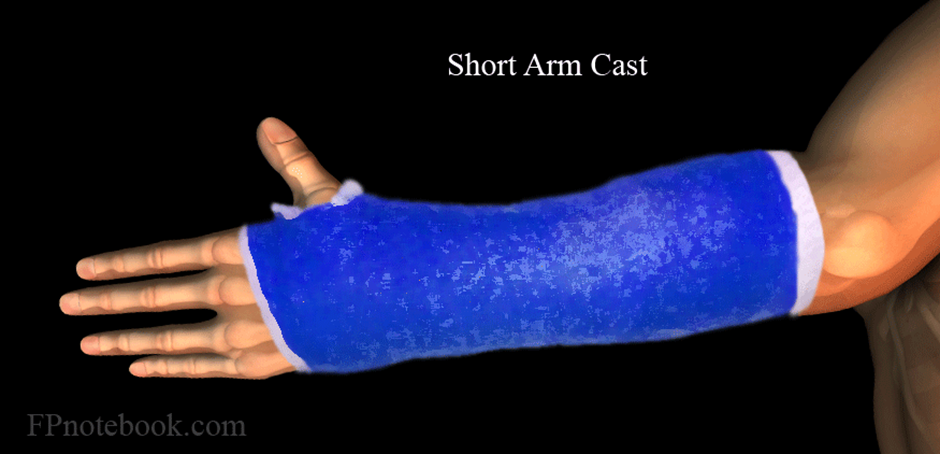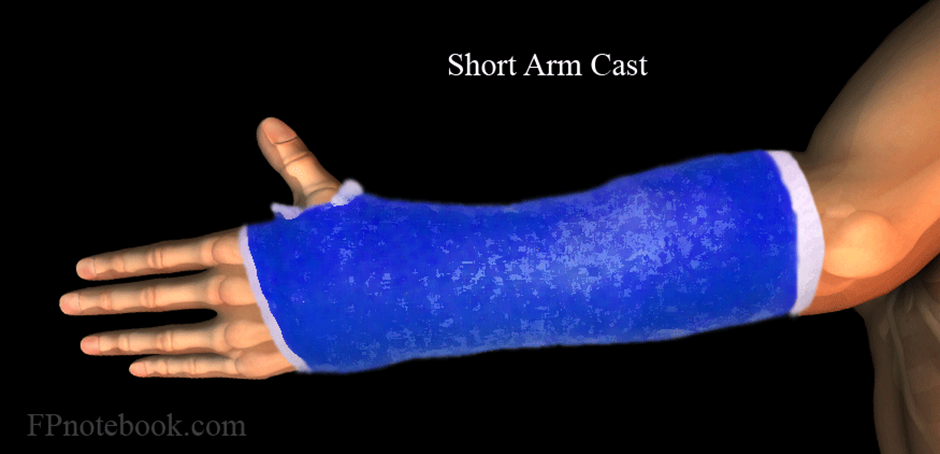PN ADULT MEDICAL SURGICAL 2023
PN ADULT MEDICAL SURGICAL 2023 ( 78 Questions)
A nurse is caring for a client who has a distal radius fracture with a short arm cast applied. Which of the following actions should the nurse take?
Using a hair dryer to blow hot air into the cast is not recommended. It can cause burns, soften the cast material, or create hot spots, potentially leading to skin damage or discomfort for the client.
Perform neurovascular checks of the affected extremity every 2 hours is correct. Performing neurovascular checks regularly is crucial to assess the circulation, sensation, and movement of the affected extremity. This monitoring helps identify any signs of compromised blood flow or nerve function, which could indicate complications such as compartment syndrome.

Positioning the fractured arm below the level of the client's heart is not advisable. Elevating the injured limb above heart level can help reduce swelling and promote blood flow, aiding in the healing process and preventing complications like swelling-related discomfort or decreased circulation.
Immobilizing the client's fingers using a hand splint might not be necessary with a short arm cast. Typically, a short arm cast provides immobilization of the wrist and forearm while allowing some movement and function of the fingers unless specifically directed by the healthcare provider for individual circumstances.
Choice A Reason
Using a hair dryer to blow hot air into the cast is not recommended. It can cause burns, soften the cast material, or create hot spots, potentially leading to skin damage or discomfort for the client.
Choice B Reason:
Perform neurovascular checks of the affected extremity every 2 hours is correct. Performing neurovascular checks regularly is crucial to assess the circulation, sensation, and movement of the affected extremity. This monitoring helps identify any signs of compromised blood flow or nerve function, which could indicate complications such as compartment syndrome.
Choice C Reason:
Positioning the fractured arm below the level of the client's heart is not advisable. Elevating the injured limb above heart level can help reduce swelling and promote blood flow, aiding in the healing process and preventing complications like swelling-related discomfort or decreased circulation.
Choice D Reason:
Immobilizing the client's fingers using a hand splint might not be necessary with a short arm cast. Typically, a short arm cast provides immobilization of the wrist and forearm while allowing some movement and function of the fingers unless specifically directed by the healthcare provider for individual circumstances.

